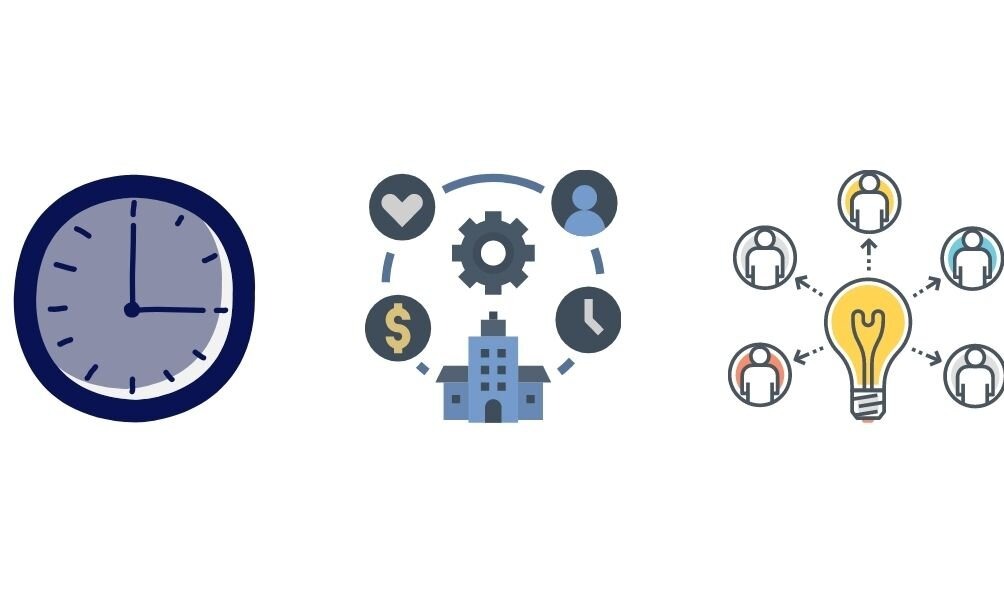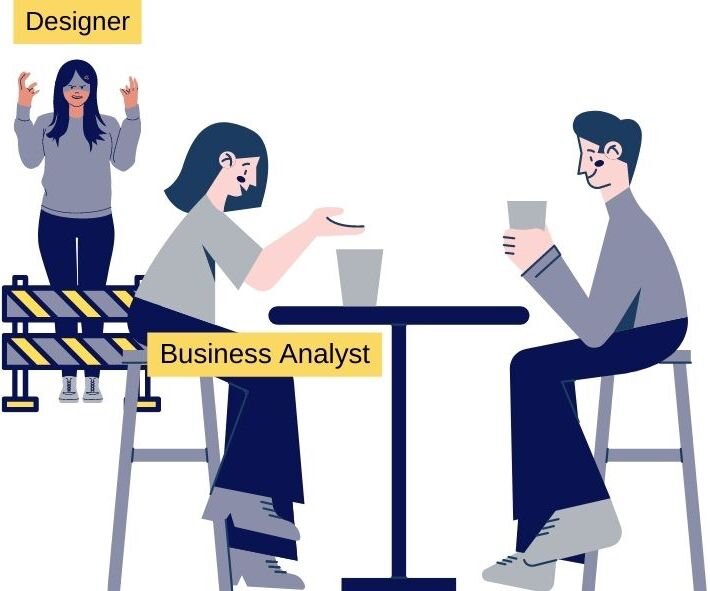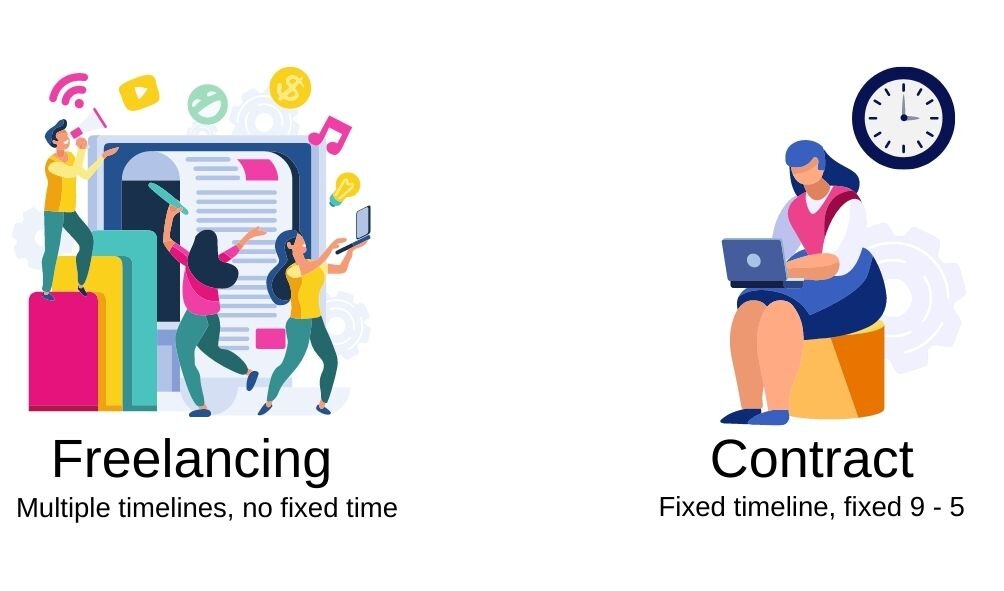8. What should you say in your brief before user testing?
Step 1
Invite them in and thank them for their time.
Step 2
Explain a little bit about what we’re going to do today.
“So I’m going to be putting you in front of a prototype for a website that businesses are working on. It’s a prototype, so some parts may not work very well and if you come across such parts, just work with what you can. If there’s something really not working, then I might step in.”
Step 3
Reassure them that there are no implications from their honesty
“One thing I want to emphasise today is that we’re here to collect your honest feedback. I’m not the actually person who put this together as I’m not part of the design team. So, you don’t have to worry about upsetting anybody. We’re really here to hear your thoughts.”
Step 4
Request for their brain to be on loudspeaker
“I’ll give you some tasks, you’ll go through them, and while you’re doing that, it would be great if you could put your brain on loudspeaker. What I mean by that is that if you could let me know what’s going through your mind as you’re going through these tasks, that would be great.”
Step 5
Start the test!
“I might ask you some questions along the way. If you’re ready, let’s get started.”
Bonus – if you have time!
A practice test I like to do before the actual user test is have them go Google the Wikipedia page for Apple, the fruit not the company. They will start clicking and will usually be slightly awkward. Then I’ll ask what’s going on through their minds here.
Their responses are usually “I like the look of the Google logo today,” or “my results show Apple, the company and the fruit. I guess you want the fruit? I’ll click on that.” So, it’s like a warm-up before the test itself. You give them a little practice, you set them up, then you just gently encourage, obviously without leading them into a specific option.
If I don’t have time, I’ll make the first task of the actual user test a relatively simple one instead. One that is often not very consequential to the design but still part of the design. That’s another way to do the practice, to ease them into the user test. The same thing is done during user interviews as well – start with the easy questions. You start broad and then go deeper as the interview progresses.




















